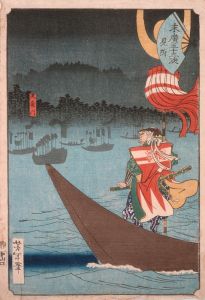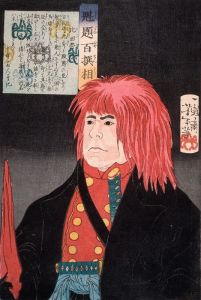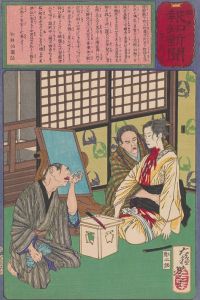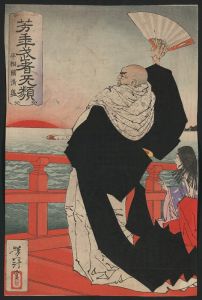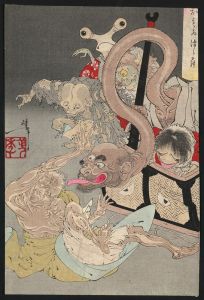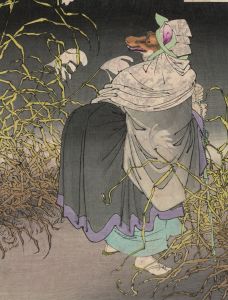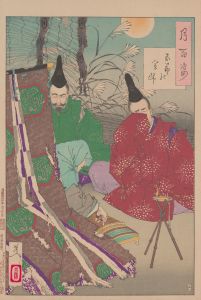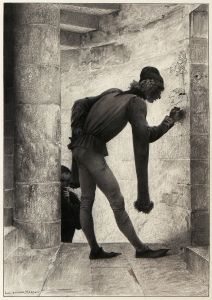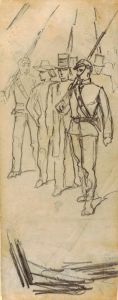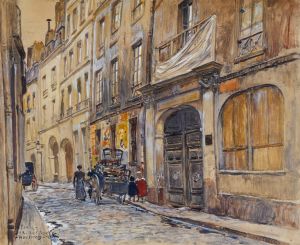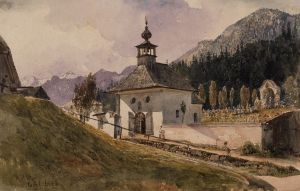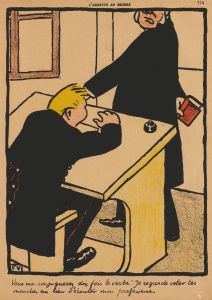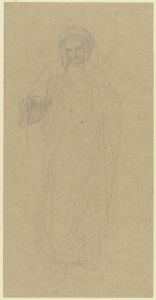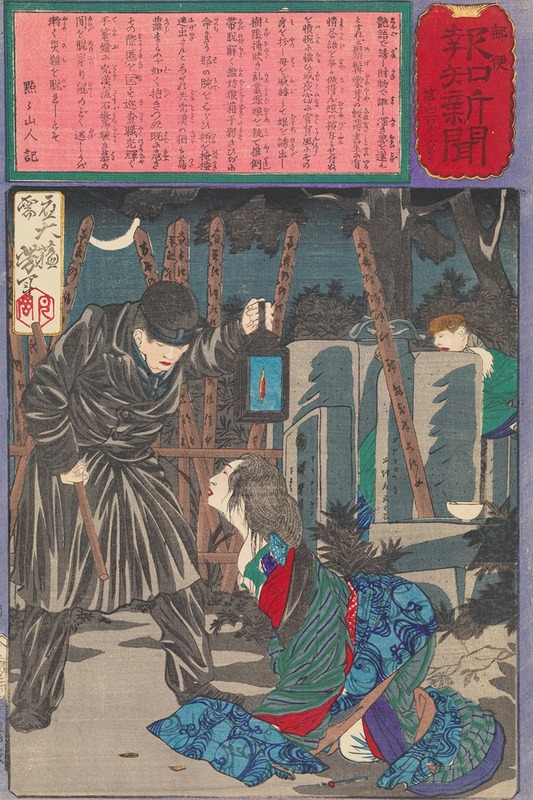
A Police Patrol Preventing a Rape in a Graveyard
A hand-painted replica of Tsukioka Yoshitoshi’s masterpiece A Police Patrol Preventing a Rape in a Graveyard, meticulously crafted by professional artists to capture the true essence of the original. Each piece is created with museum-quality canvas and rare mineral pigments, carefully painted by experienced artists with delicate brushstrokes and rich, layered colors to perfectly recreate the texture of the original artwork. Unlike machine-printed reproductions, this hand-painted version brings the painting to life, infused with the artist’s emotions and skill in every stroke. Whether for personal collection or home decoration, it instantly elevates the artistic atmosphere of any space.
Tsukioka Yoshitoshi (1839–1892) was a prominent Japanese artist known for his woodblock prints in the ukiyo-e style. He is often celebrated for his innovative approach to traditional subjects and his ability to capture the complexities of human emotion and the supernatural. One of his notable works is "A Police Patrol Preventing a Rape in a Graveyard," which is part of his series "One Hundred Aspects of the Moon" (Tsuki hyakushi).
This particular print, created in 1885, is a striking example of Yoshitoshi's ability to blend realism with dramatic storytelling. The series "One Hundred Aspects of the Moon" consists of 100 woodblock prints that explore various themes related to the moon, often drawing on historical, literary, and mythological references. Each print in the series is accompanied by a poem or text that enhances its narrative depth.
"A Police Patrol Preventing a Rape in a Graveyard" depicts a tense and dramatic scene set in a graveyard at night. The composition is dynamic, with the figures arranged in a way that conveys movement and urgency. The moonlight casts an eerie glow over the scene, adding to the atmosphere of suspense and danger. Yoshitoshi's use of light and shadow is particularly effective in highlighting the emotional intensity of the moment.
The print illustrates a moment of intervention, where a police patrol arrives just in time to prevent a crime. This theme of justice and protection is a recurring motif in Yoshitoshi's work, reflecting the societal changes occurring in Japan during the Meiji period. The Meiji era was a time of significant transformation, as Japan modernized and adopted various Western influences. Yoshitoshi's work often captures the tension between traditional Japanese values and the new societal norms emerging during this period.
Yoshitoshi's artistry is evident in the meticulous detail of the characters' expressions and the intricate patterns of their clothing. His ability to convey emotion through facial expressions and body language is a hallmark of his style. The print not only tells a story but also invites viewers to reflect on the broader themes of morality, justice, and the human condition.
The "One Hundred Aspects of the Moon" series, including this print, is considered one of Yoshitoshi's masterpieces. It showcases his mature style and his ability to blend traditional ukiyo-e techniques with innovative compositions and themes. The series was well-received during Yoshitoshi's lifetime and continues to be highly regarded by art historians and collectors today.
In summary, "A Police Patrol Preventing a Rape in a Graveyard" is a compelling example of Tsukioka Yoshitoshi's work, highlighting his skill in storytelling, composition, and emotional depth. The print reflects the societal changes of the Meiji period and exemplifies Yoshitoshi's unique ability to capture the complexities of human experience through the medium of woodblock printing.





